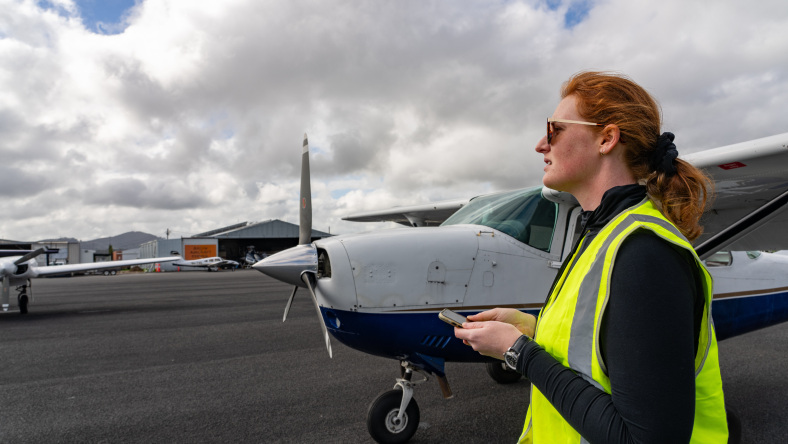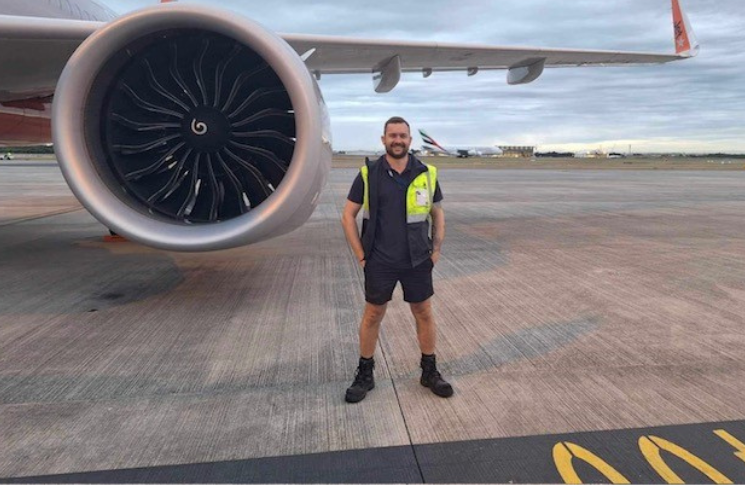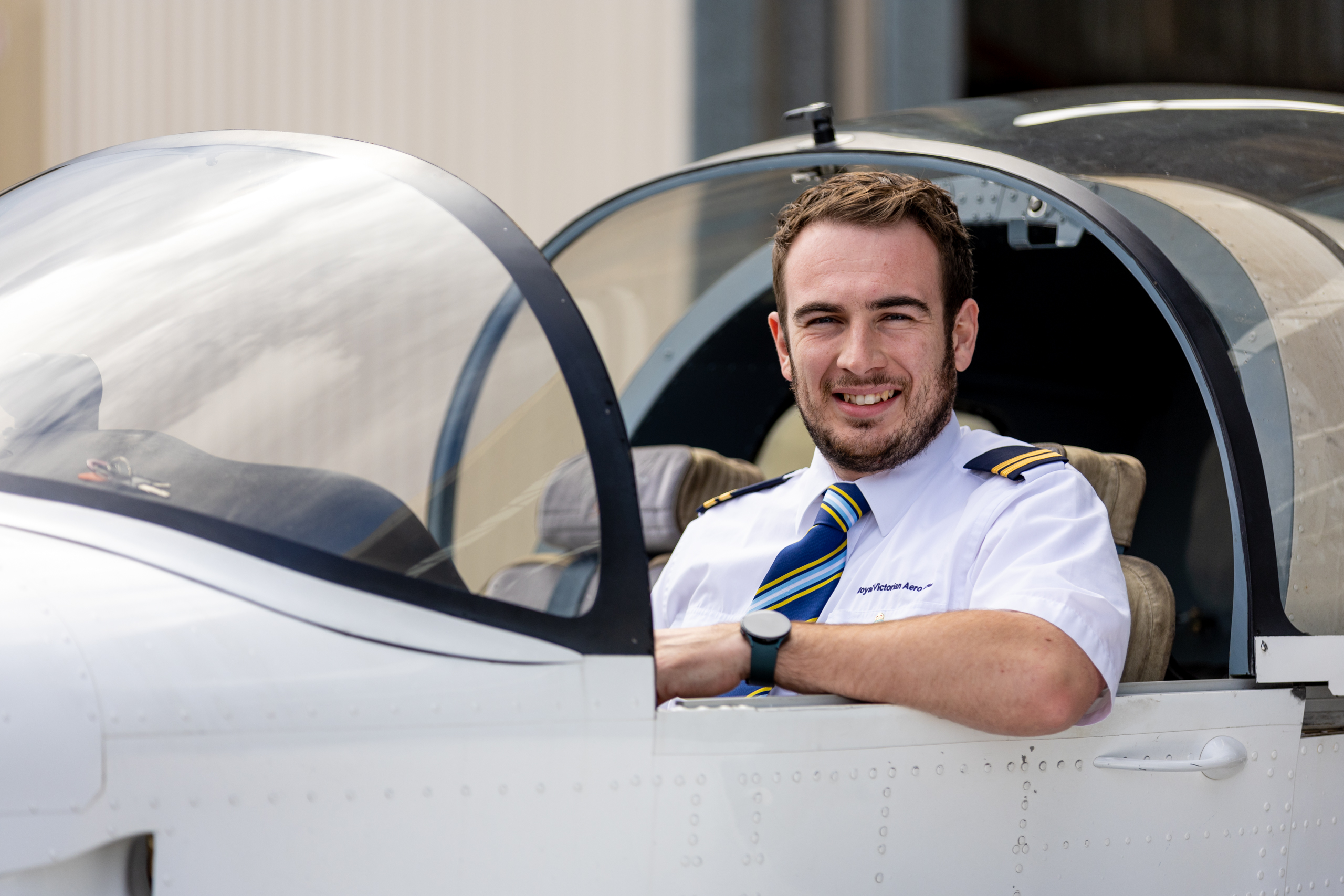If you think you can ‘just get’ Special VFR clearance, please read on. The rules are nuanced – more complex than they first appear – and using the clearance can lead the unaware or inexperienced pilot into a dangerous situation.
However, Special VFR is still a valuable tool in your piloting toolbox – if you know how and when to use it. Just don’t always expect to receive it.
When and why is Special VFR used?
As winter approaches, cloud and fog become more common across Australia – particularly in coastal regions. But inland regions aren’t immune; think radiation fog in Canberra!
Special VFR can be useful in marginal conditions – when visibility or cloud base dips just below VMC at a towered aerodrome but conditions are otherwise manageable, and ATC support is available.
It’s most often requested for:
- departures, where the pilot can see a path to VMC outside controlled airspace
- arrivals, when weather at the aerodrome is marginal but the pilot is visual
- transits, particularly in coastal areas prone to mist or patchy fog.
But Special VFR is not a workaround for poor planning or an excuse to press on. It’s a tool to be used deliberately and sparingly, and with careful consideration. If better options exist – such as diverting, delaying or requesting IFR clearance – they’re often safer.
Understanding Special VFR criteria
There’s plenty of information available on Special VFR – but it can’t cover every scenario. After all, it’s about meteorological conditions and the pilot, the human factor.
Special VFR also has different implications depending on whether you’re requesting clearance to enter, depart from, or transit through controlled airspace.
To gain the deepest understanding, look at all the available resources.
The Part 91 Manual of Standards states that ATC can authorise Special VFR during the day, when a flight is:
- clear of cloud
- within visibility minima (1600 m for fixed-wing, 800 m for rotorcraft)
- and does not unduly delay IFR traffic.
Next, check the Airservices’ Aeronautical Information Package. Search the ENR section for ‘Special VFR’ to find detailed ATC service information for flights in Class B, C and D airspace (Special VFR is not permitted in Class E), and in Controlled Traffic Areas or Regions.
Then, study CASA’s Visual Flight Rules Guide (VFRG) and CASA’s Part 91 Plain English Guide, for a more thorough understanding of Special VFR.
And for examples of Special VFR gone wrong – and some wise CFI advice – watch the Special VFR webinar on CASA’s YouTube channel.
Requesting Special VFR clearance
Special VFR provides some leeway to VMC criteria at towered airports – where the cloud base or visibility at the aerodrome is slightly lower than VMC minima but still above IMC – and where ATC can provide support.
Importantly, you must request the clearance. ATC will not offer or suggest it.
Special VFR is a clearance, and like all clearances, it may be granted, denied, or cancelled. Reasons include:
- not meeting the criteria
- controller workload
- IFR traffic demands.
Decision time: is Special VFR the right choice?
When Special VFR seems like your only option, ask yourself: is this genuine operational need, or are you suffering from get-there-itis or plan continuation bias?
Thorough self-assessment is paramount:
- Are the conditions just marginal or more serious?
- Am I in real trouble here?
- Should I be declaring an emergency?
- Am I, and my aircraft, capable of exiting from Special VFR if conditions worsen?
- Essentially, am I willing and able?
If safer alternatives exist – diverting or holding until conditions clear – consider these first. If you do get clearance, and it’s not working out, speak up. Controllers will do everything within their remit to help.
The risks of flying under Special VFR
Choosing Special VFR due to less-than-VMC cloud conditions means reducing the margin for error, often bringing you closer to terrain and risking inadvertent IMC.
If visibility is the issue, you’ll be reducing your forward visual window, requiring intense concentration, greater situational awareness and rapid decision-making (just to name a few).
And although ATC can provide separation from other controlled traffic, the pilot remains ultimately responsible for separation under Special VFR.
(Note: Radar vectoring is not permitted for Special VFR flights – except in emergencies. Controllers simply can’t know what you can or cannot see.)
Special VFR is a clearance to fly in reduced conditions – not a shortcut. It requires solid judgement, understanding of possible implications, and an honest understanding of your own capability. Yes, you can use it – but it’s not guaranteed, and it’s not always the smartest option.
Even after receiving a Special VFR clearance to depart controlled airspace, you will need to ensure you can meet normal VMC criteria as soon as you leave that airspace, and the clearance no longer applies.
Resources for flying in controlled airspace
Controlled aerodromes and operations are a focus of CASA’s Your safety is in your hands campaign. For more guidance, tools and tips, be sure to visit the pilot safety hub.





